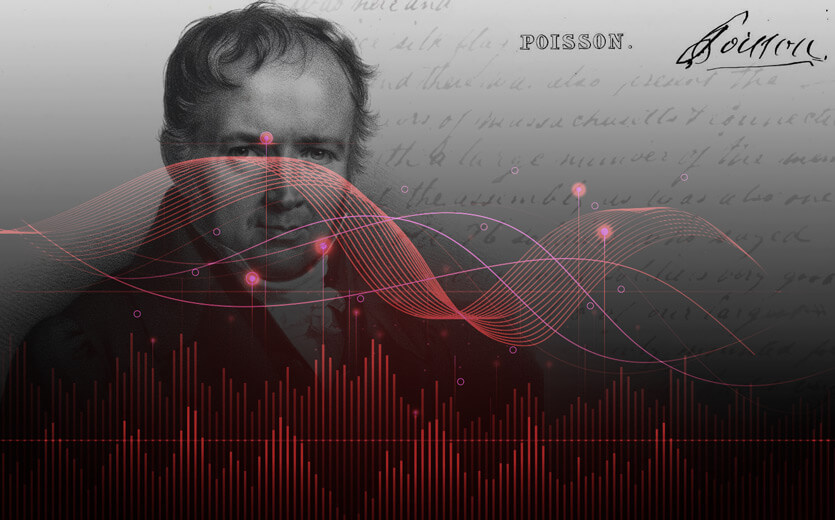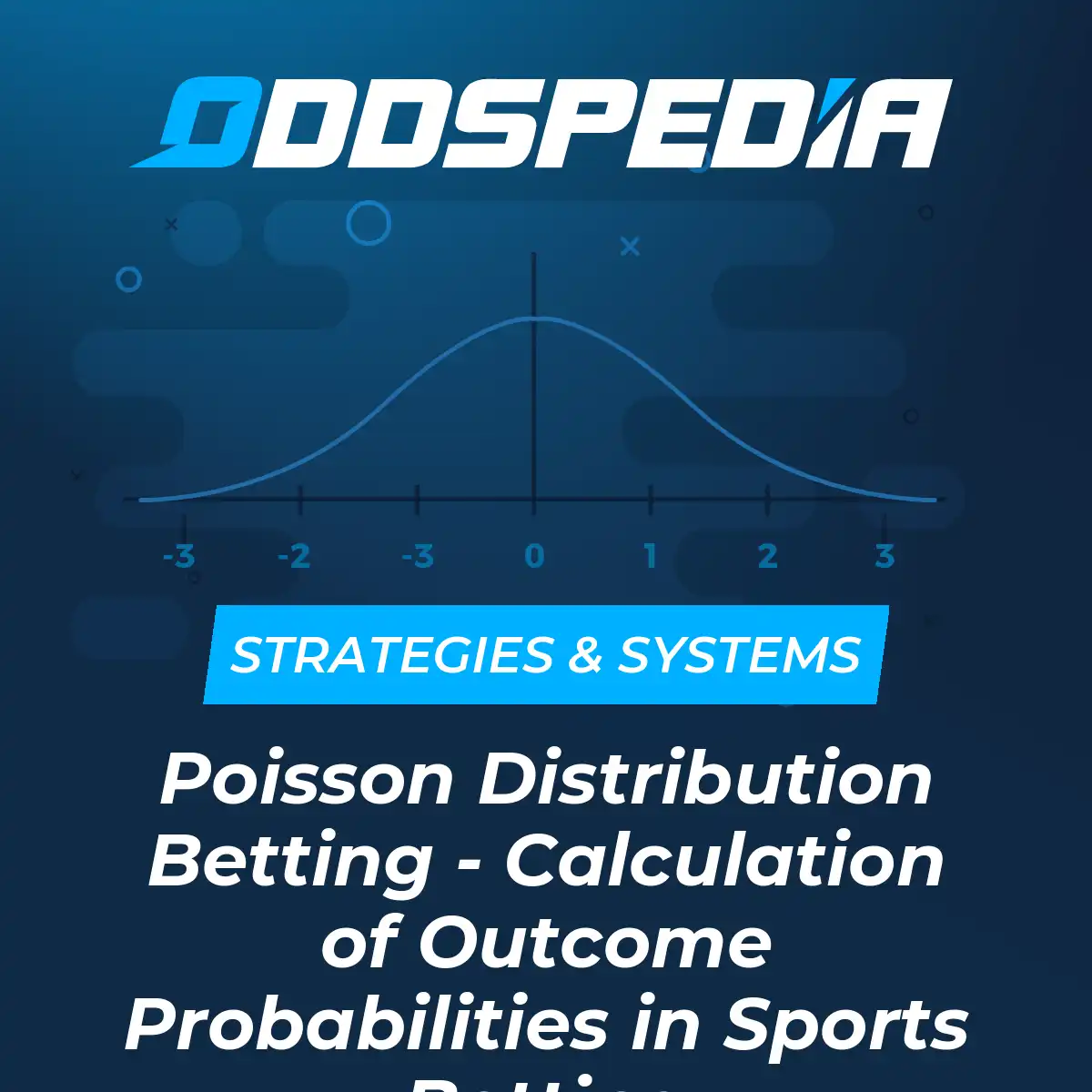Poisson statistics for golf betting

golf, do not have scoring systems which can be dispersed count data such as this4, Efron's Double Poisson distribution () can be ciencies in the. What is a mathematical method for a successful football bet? The poisson statistics for golf betting methods use variations of the Poisson Distribution. Look at the. The Poisson distribution betting system is a solid numerical betting tool for those who wish to get into overall trends while sourcing odds that offer a better. None of the online calculators will be using anything else, the poisson formulas are easily available in excel to calculate individual outcomes.
Teaching the Poisson Distribution with Sports
Armed with these two distributions, many sports modeling problems become much simpler. The Poisson distribution is, in many senses, the continuous version of the binomial distribution. The binomial counts how many times something happens out of a fixed number of trials. The Poisson distribution counts how many times something happens over an interval of time. As a result, the binomial distribution is much more naturally applied to discrete games like baseball, football, or golf.
In this article we look at three examples and some non-examples showing how to study the Poisson distribution in sports. We also include some challenge questions with each example of teaching the Poisson distribution with sports. Type your email…. The Poisson distribution counts the number of times that a countable event happens during a fixed period of time.
In order to use the Poisson distribution, you have to know the average number of occurrences over this period of time. Moreover, over the entire time interval, the probability of the events occurring at any individual time must remain the same. A common introductory example is modeling the number of phone calls that a call center may receive during a fixed hour. Then the Poisson distribution can help the call center figure out how much staff they need by telling them the probability of having extremely busy hours.
Perhaps confusingly, the Poisson distribution is actually a discrete probability distribution even though I said above that it is a continuous version of the binomial distribution. The Poisson distribution is discrete because it is counting a number of occurrences; it can only take the values 0, 1, 2, etc.
I called it continuous because it is applied to model situations where things can happen over a continuous interval. It is useful in modeling games where play is continuous like basketball, hockey, and soccer. This distinction between continuous settings and discrete settings is key in choosing the right model. The Poisson distribution is actually obtained by taking an appropriate limit of a binomial distribution.
However, the specific theory about how to do this is not important to the sports examples below. Poisson statistics for golf betting In the NHL, about 6. Hockey is continuous and it is fast; goals can be scored in the blink of an eye. Using the Poisson distribution to model goals being scored in a game of hockey is a reasonable approximation.
The number of goals scored in a hockey game should follow a P 6. The following plot shows a comparison between the predicted goals per game black and the observed goals per game red from the last 2 seasons. One of the key features of the Poisson distribution is that we can change the length of the time interval and still use a related model.
For example, if goals in an entire game of hockey follow a P 6. Challenge Question 1: In the above graphic we excluded games going into overtime and shootouts. How might you model goals scored during a shootout. In soccer, time of possession is a big predictor of winning the game. In the MLS, roughly 3 goals are scored on average in a 90 minute game.
That means each team scores about 1. When a team possesses the ball, that team and that team only has a chance to score.  Scoring happens at an average rate of 3 goals per 90 minutes. That means that a team which possesses the ball for 45 minutes will score an average of 1. The number of goals scored by a team in their 45 minutes of possession can be modeled by a P 1. However, time of possession is rarely evenly split.
Scoring happens at an average rate of 3 goals per 90 minutes. That means that a team which possesses the ball for 45 minutes will score an average of 1. The number of goals scored by a team in their 45 minutes of possession can be modeled by a P 1. However, time of possession is rarely evenly split.
Suppose that Team A has the ball for 50 minutes and, therefore, Team B has it for 40 minutes. How would you compute the average goals scored for Team A and Team B now. The answer: goals are scored at an average rate of every 30 minutes of game time. Therefore, if Team A has the ball for 50 minutes their goals can be modeled by the Poisson distribution P 1.
Challenge Question 2: How would you compute the probability of Team A beating Team B provided they have the ball for 50 minutes and assuming goals scored follows the appropriate Poisson distributions. Fouling in the NBA is another event that can be modeled with a Poisson distribution. Fouls occur roughly randomly and at roughly equal rates throughout the game.
Last year Dwight Howard recorded fouls while playing 69 games for 17 minutes per game. This means he averaged roughly one foul every 6 minutes. Julius Randle recorded fouls while playing in 71 games at Randle averaged a foul roughly every Which of these players is more likely to foul out. This number is the expected fouls by Dwight Howard in his 20 minutes of playing time.
Then, we do the same thing for Julius Randle and multiply by 42 minutes. In a number of Skybet headline Shots on Target bets have lost. A variance simulator link here shows the following distribution of results could be expected from the shots on target data. Note: In Spring we suspended the ability to combine shots on target bets due to feedback and pending a review of the underlying mathematics that estimate the affect of inter-dependency in these bets.
Shots on Target and Poisson. We use a live tool to project the xSOT forward to calculate multiple Shots on Target using a normal Poisson distribution Advantage players attempt to back the Skybet headline Shots on Target boosts with Kelly staking on the exchange as there can be big EV and big liability. I n this blog we look at a review of: Is a Poisson distribution a good fit for Shots on Target?
The ROI of recorded shots on target bets at bookiebashing. Only data from the Premier League is considered. Stats from competitions such as the African Cup of Unders are not comparable. A normal Poisson probability is used to project the Shots per game to probability. ROI of bets on the bookiebashing tracker 1, bets from approx.
Popular Pages
- Rbc heritage golf leaderboard
- Us masters
- Senior open golf betting
- 3m golf betting tips
- Live golf us open
- Golf parimutuel betting app
- Best golf workplace betting pool form
- Does topgolf have lefty clubs
- Betting for qatar masters golf corals
- Bovada golf betting odds
- Los betos golf links
- Pro line 20 odds
- Pga genesis invitational leaderboard
- Golf bet korea
- Bet booth inc